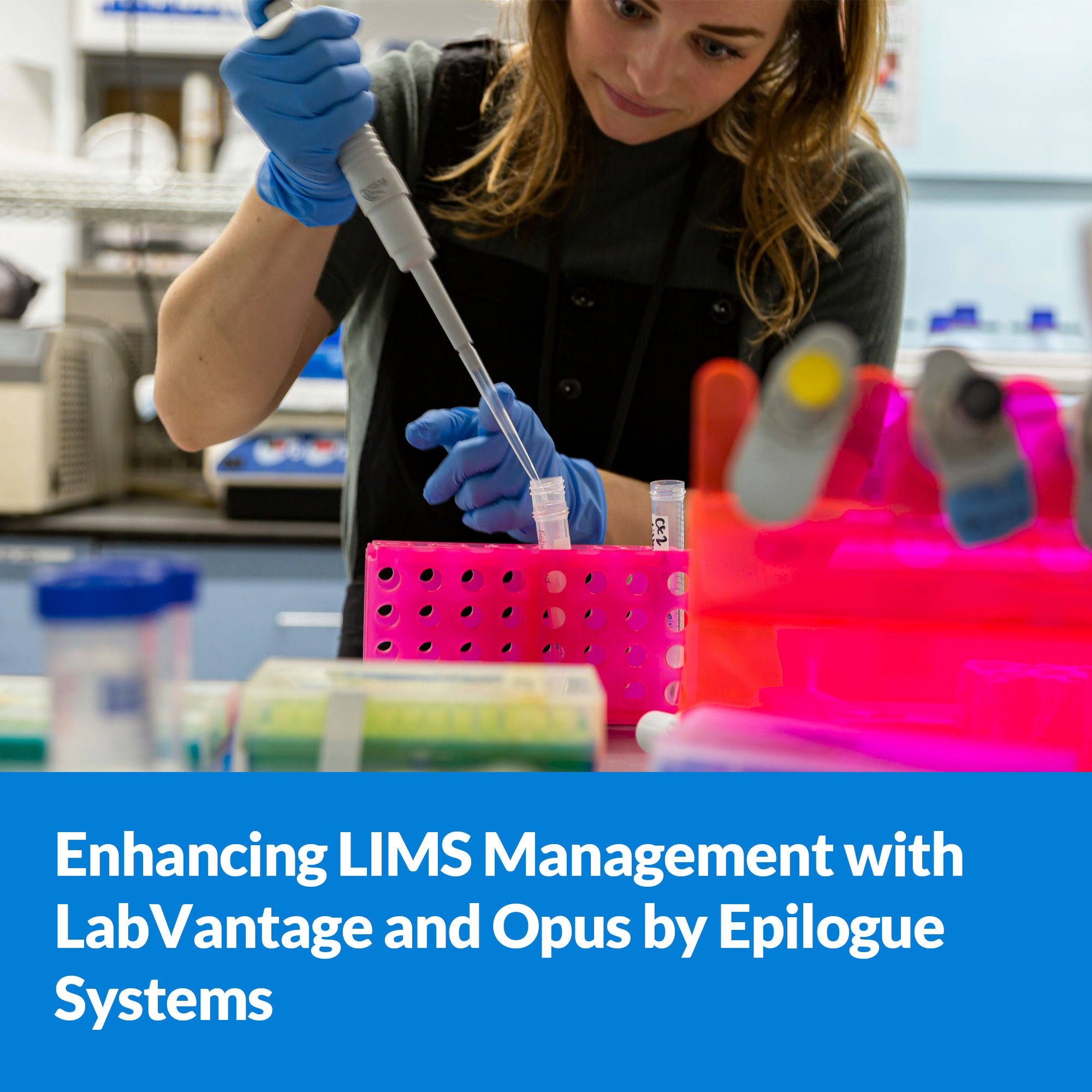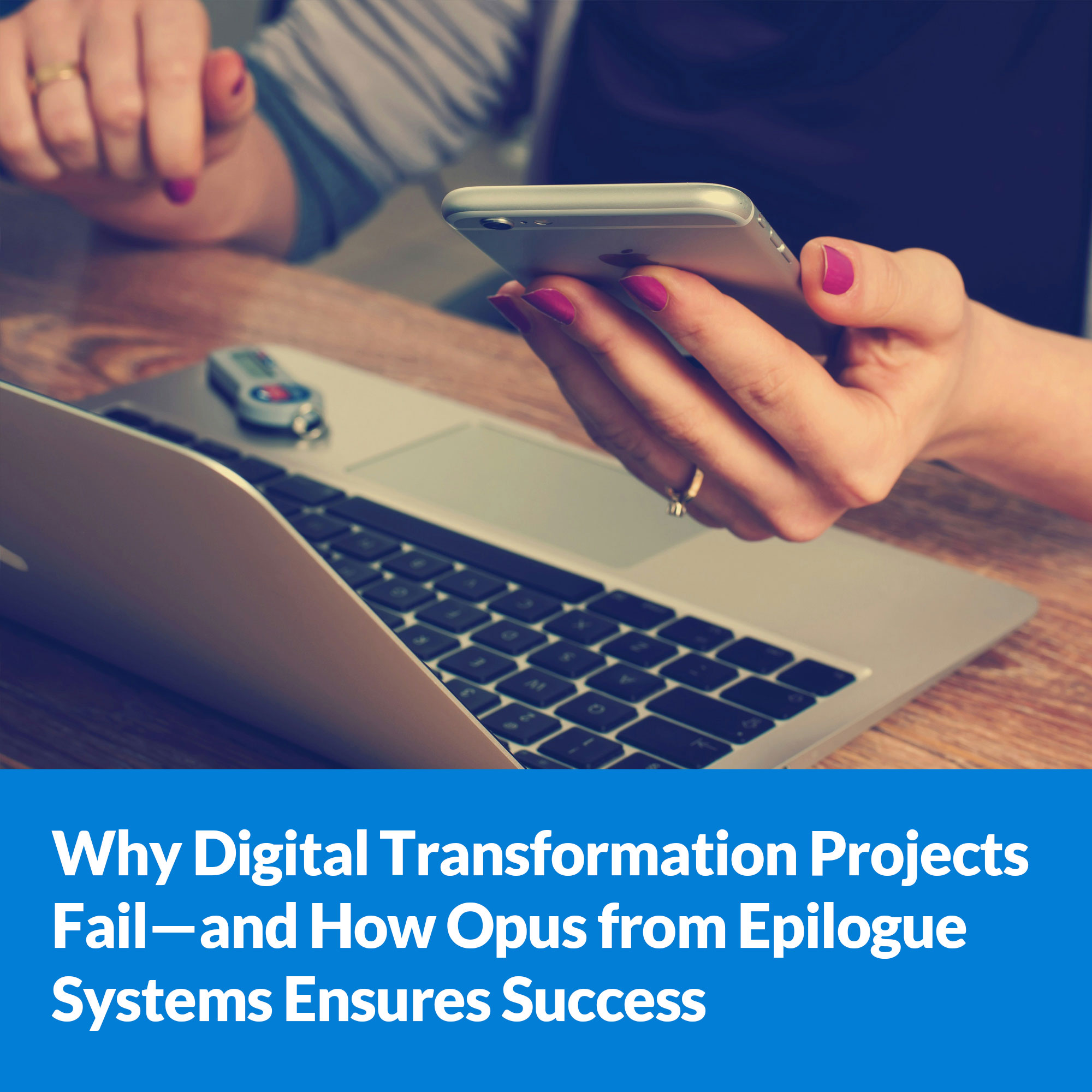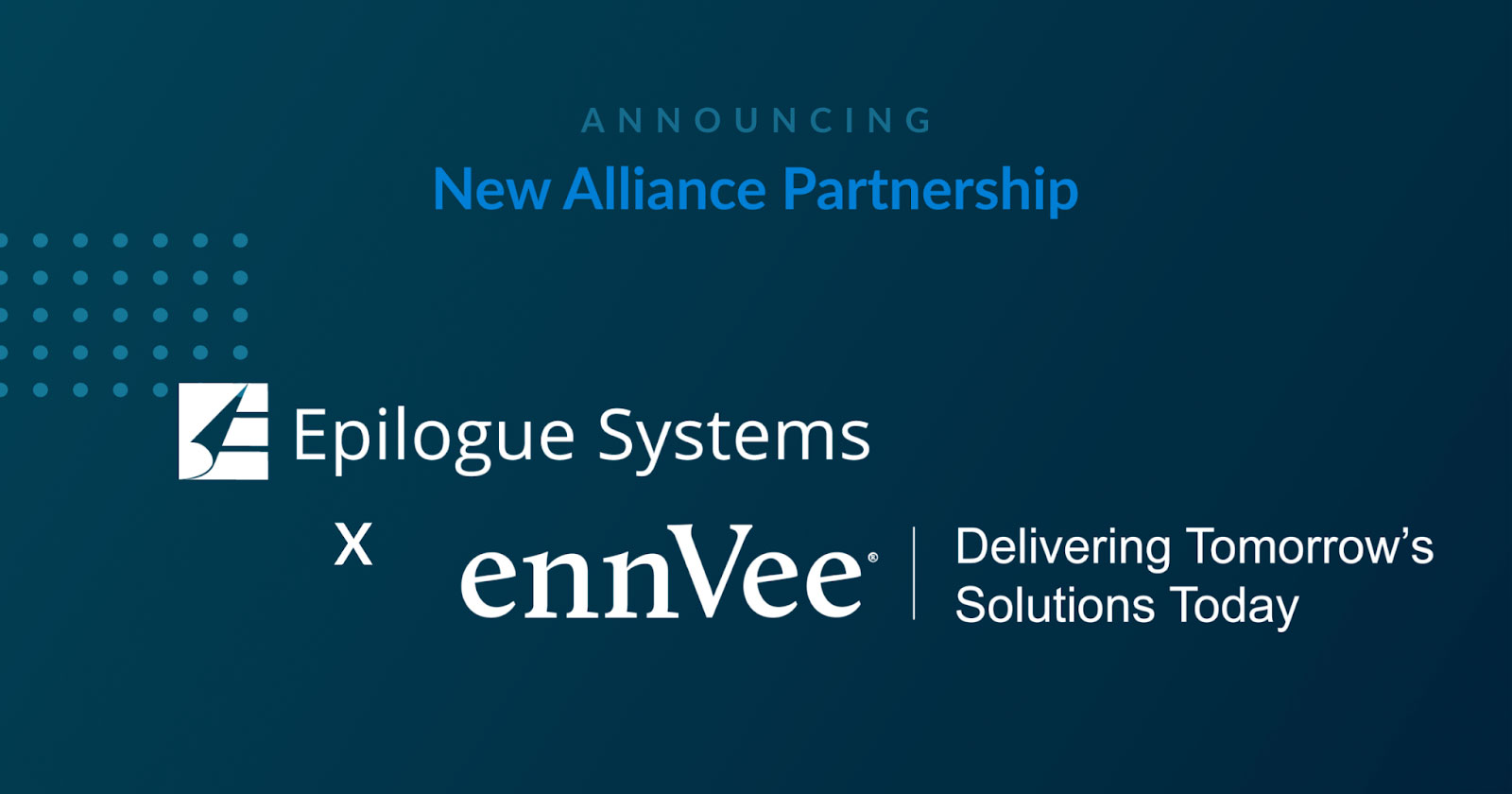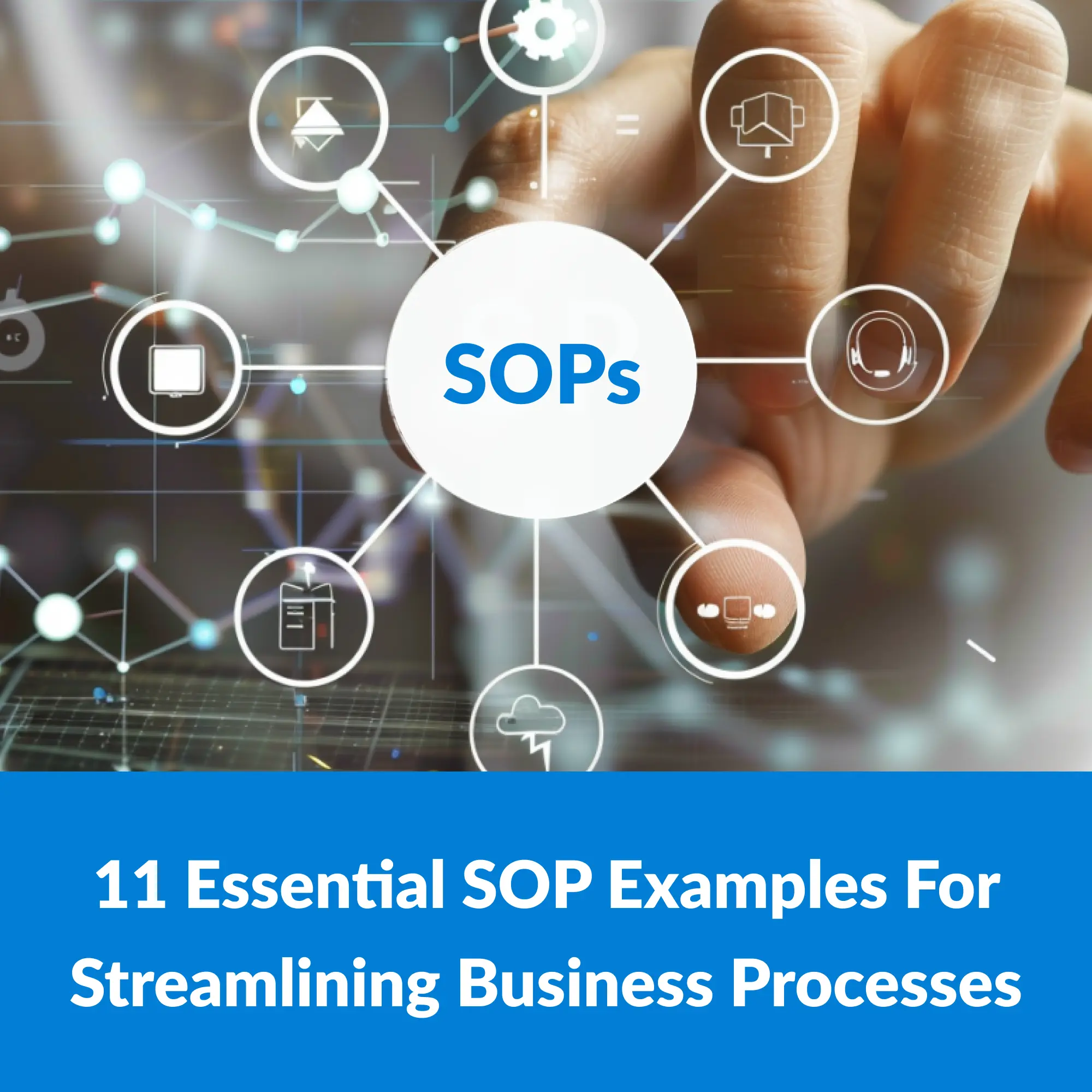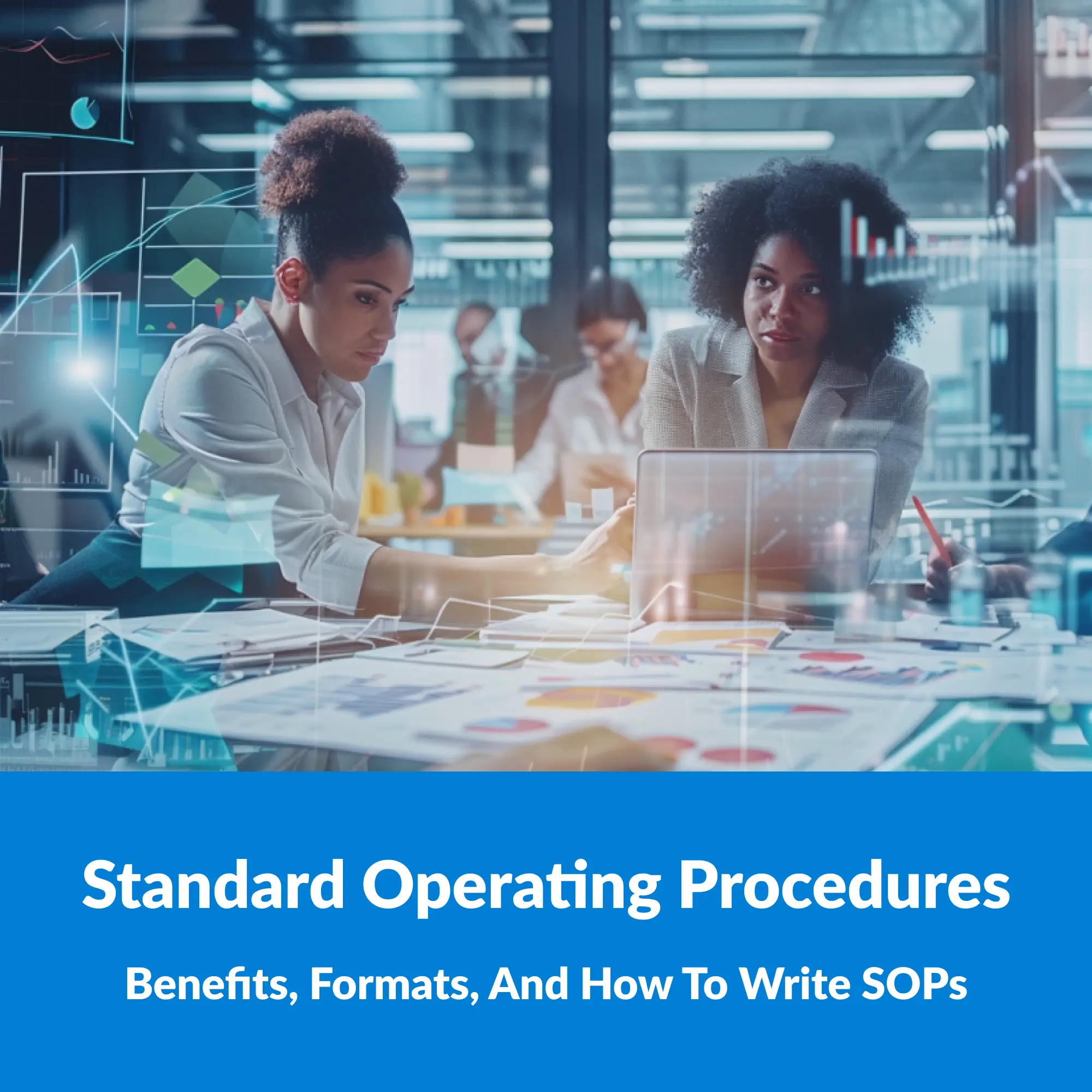Workflow vs process are two terms commonly used in business project management. You will discover that different people have varied perspectives on these two concepts.
In the business sector, the terms “workflow” and “process” are frequently used interchangeably; however, they are not the same.
The definitions and comparisons of workflow and process in this article will help you properly understand the numerous distinctions between the two concepts. Now let’s check out.
What is workflow?
Workflows are a sequence of steps involved in completing a task. The set of technologies, tools, and activities enables documents or information to flow smoothly from one point to another.
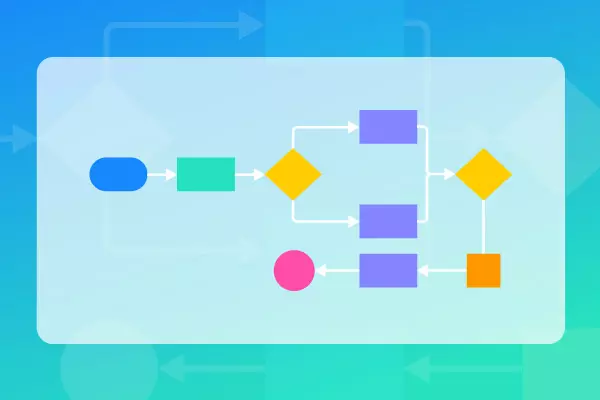
More understandably, a workflow defines the steps required to complete a task. This task can be carried out by a person or a team, and often with the support of technologies.
Some examples of the workflow are:
- Setting up an employee in the payroll system.
- Purchase order approval.
- Processing an expense report.
- Product return authorization
- Adding a new sales opportunity in your CRM.
- Creating a change request.
To correctly execute a workflow, you must adhere to a specific order of steps and procedures within a workflow. Workflows often involve a task that can be repeated and produces a particular output; as a result, it can be automated to save labor costs and raise employees’ productivity.
What is a process flow?
Process flows or processes are a sequence of activities that are ordered in a logical way to accomplish a larger organizational goal. The term “process” refers to a much more significant concept than “workflow” and always involves numerous workflows as components of the larger process.

The fact that a process requires connected, effective workflows to operate effectively demonstrates the importance of effective workflows as key elements of the foundations of a process.
Here are some examples of processes:
- Processing orders for products or services
- Distribution of products or services
- Generating financial reporting and financial forecasts
- Annual employee performance and compensation management
- Disposing of expired products
- Recruiting and hiring employees
Critical differences between workflow vs process flow
It is simple to see why someone might confuse the terms workflow and process flow since both describe how work is done at a business or organization. However, understanding the distinctions between workflow and process will enable you to view the business’s operations more clearly.
The following table shows the key differences between workflow and process flow.
| Workflow | Process Flow | |
| Outcome | Complete a specific task (often a repeatable task) | Accomplish a goal (usually creating value) |
| Features | Often small | Much greater than workflow |
| More detailed than the process | More general than workflow | |
| Is a part of the process flow | Consists of many different workflows | |
| Role | Help processes operate effectively and smoothly | Help companies function well |
The relationship between workflow vs process flow may also remind you about the relationship between work instructions and SOP. While workflow shows you the exact steps to complete a task, Standard Operating Procedures (SOP) outlines your organization’s overall process flow (just like the role of the process).
Fun example: The airplane boarding example.
The process of getting passengers on an airplane begins when the passenger books a ticket. Then the passenger arrives at the airport and proceeds to the check-in counter. There is the baggage drop-off at the check-in counter and check-in procedures such as possible seat selection and verifying the passenger’s identity. Everything is controlled, and then the passenger proceeds to the security check and the steps involved in clearing security and the
goes to the gate where boarding takes place. And then the passenger sits on the plane. That’s a business process. But the workflow in this process might only be the information processing part, covering specific aspects of the process.
In the above example, the workflow starts with booking the ticket, entering all the necessary data, and the next step is the check-in, where the passenger goes to the check-in counter. The workflow only transports the relevant data from the booking task to the check-in task, and it results in changing the status of the passenger (new → booked→ checked-in → security checked → on the plane). So the workflow is to check whether the passenger is effectively checked in, the data is correct, and the seat is booked on the plane.

And as you might expect, streamlining this workflow contributes to the airport’s ability to operate efficiently and promptly during boarding. Using this plan boarding example, you can quickly comprehend the relationship between business process flow and workflow.
The applications of workflow vs process in business
Businesses can function thanks to workflow rather than process flow. Every firm needs, at the very least, a general process so that all employees know its objectives and daily operations. It is simple to state that a business operation’s procedure is its road plan. On the other hand, workflow makes processes run more smoothly when tasks are completed. Better business process management is a result of effective workflows. So, it’s essential to know how to create work instructions.

There are an increasing number of automated workflows as technology advances. Automating tasks, actions, and processes that impact the outcomes of workflows is a measure.
The goal of automation is to boost process flow productivity in terms of accuracy, efficiency, and overall output. Although low-tech workarounds can sometimes be used to accomplish goals, automation is the most effective strategy for pursuing broad initiatives to cut down on busy work and time. It reduces time-consuming workflows of actions that can be repeated numerous times and produces more rapid, accurate outcomes by automating business processes.
Conclusion
In summary, workflow and process flow’s outcomes, features, and roles differ. Workflows are employed to complete tasks within a process, whereas process flow is applied to achieve an organizational objective. After reading this post, we hope you can comprehend the distinction between workflow and process flow and how the two terms are related.
Additionally, you may find potential for automation if you examine workflow vs. process flow in more detail. The best method to enhance your process is through better workflow management by the suitable workflow management tool. You can move toward a more organized and successful business operation by automating some of the process’s multiple components.
With this, Opus can help!

